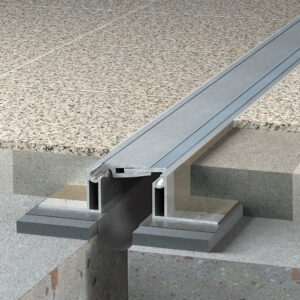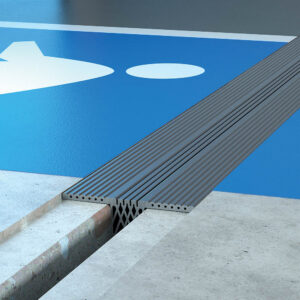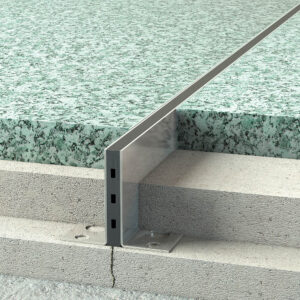Recommendations
Two separate elements that should be taken into consideration when specifying expansion joints and control joints for rail stations:
- Below ground sections of rail stations such as underground concourses, access ways and platforms must be treated differently from those that lie above ground. The reason for this differentiation is that, in general, people can escape more easily from above ground structures. If a concourse or platform lies below ground then fire and the resulting toxic smoke allied with limited means of egress can cause people trying to escape to become disoriented with often dire consequences. As a result, materials used in expansion joints and control joints in below ground applications must have been tested and have a higher burn temperature and much lower toxic smoke emissions than materials used in systems which are designed for above ground use. This particularly applies to elastomeric seals, where it is strongly recommended that these are manufactured from VAMAC which is a material that has been tested and approved by mass transit authorities worldwide including full approval to London Underground Limited’s LUL 1-085 ‘Fire Safety Performance of Materials’.
- The increasing use of Passenger Safety Doors (PSDs) at the demise line between platform edges and train and track now means that the floor finishes zone must be electrically isolated from the platform substrate. Normally this means using an electrical isolation membrane on top of the slab and up walls for 1.8m to 2.0m from the face of the PSD. The volume resistivity of isolation products used these zones should exceed a minimum of 5 x 1012 ohms-cm. Metal-edged expansion joints and control joints (and any other metal objects that interrupt the floor and wall surfaces) should therefore coated in the approved isolation material prior to installation





